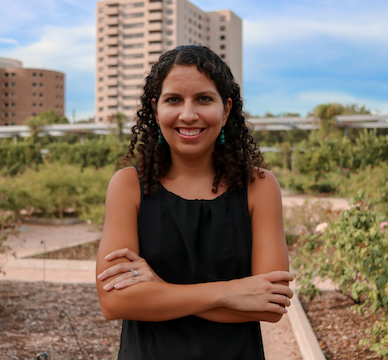I’m A Run Coach And Boston Marathon Qualifier And This Is The Most Common Mistake New Runners Make
I made this mistake too and had to learn the hard way

Many beginner runners follow a similar trajectory. They slowly build up to a 30- or 60-minute run before completing their first 5K or 10K race. The race goes well and they keep doing what they’re doing, committing to their first half marathon, or even a marathon, and building up their long runs. When race day arrives, they feel good for a large part of the race but eventually blow up and fizzle out, and they wonder where they went wrong. Many repeat this scenario at least once before finally figuring it out.
The reason? They’re running their easy and long runs way too fast. This is something that many runners often have to learn the hard way—I certainly did. It’s easy for runners to get caught up in what they see others doing on Strava, whether it’s running more miles than you, or always running a lot faster than you.
As someone who has embraced keeping my easy runs easy, I’ve learned to not care about posting faster paces outside of when it really counts. It’s how I achieved my big racing goals, like breaking 1hr 40min in the half marathon and qualifying for the Boston Marathon.
It might sound crazy to new runners, but most of your runs (that is, those that do not include a speed workout) should be a minimum of 45 to 90 seconds a mile slower than your race pace. Yes, marathon pace might feel “easy” on a six-mile run, but ask yourself, would you be able to sustain that for 26.2 miles? And are you able to comfortably hold a conversation at that pace? If the answer is “no” or “probably not”, you’re definitely training too fast.
More experienced runners know that running your long runs at or too close to race effort will eventually catch up to you and sabotage your goals. Read on for three reasons why.
1. You Won’t Show Up To Your Race Fresh And Recovered
The purpose of half marathon and marathon training is to build up your endurance, and that is achieved through those long, slow runs. Once you get to the point where you’re chasing specific time goals, it is important to practice those goal paces, but not in every single run. If you work yourself too hard on every run, particularly every long run, you’re more likely to show up to the starting line with tired legs.
2. You Raise Your Chances Of Getting Injured
This is a big one that’s easy to dismiss until it happens to you. You might be able to get away with training at or near race pace in every run for your first couple of seasons, but there’s a high chance this will eventually catch up with you in the form of an overuse injury such as iliotibial (IT) band syndrome, patellofemoral pain syndrome (commonly known as runner’s knee), or a bone stress fracture, all of which are likely to put a halt to your training and prevent you making it to the start line ready to attack the race.
Get the Coach Newsletter
Sign up for workout ideas, training advice, reviews of the latest gear and more.
3. You’ll Leave Time On The Table
It’s possible to make your time goal by training mostly at race pace – but if you’re doing most of your runs close to the pace you end up running on race day, you’re probably not racing at your full potential. When I ran my current half marathon and marathon PRs of 1hr 37min and 3hr 30min respectively, I didn’t average anything faster than 9min 20sec/mile pace for any easy runs, and in contrast, my race paces were 7min 25sec/mile and 8min/mile. That’s because I saved the hard efforts for when it counted—on the track, in tempo sessions and quality long runs, which are enough to prepare you both physically and mentally to be able to execute on race day.
The bottom line: At first it might seem like a drag to slow down your runs, but once you start nailing your workouts, achieving your race goals and actually looking forward to most runs because you’re not overtiring yourself, you won’t look back.

Emilia Benton is a freelance journalist primarily covering running, health, and fitness. She has more than 15 years of writing and editing experience and her work has appeared in publications such as Runner's World, SELF, SHAPE, Women's Health, Healthline, the Houston Chronicle, San Francisco Gate, and others. Emilia has also been a runner herself since she was a 16-year-old high school sophomore. She ran her first marathon at the 2010 New York City Marathon and has since gone on to run 11 more marathons including the Boston Marathon, as well as more than 30 half marathons. She is also a USATF Level 1-certified run coach.
